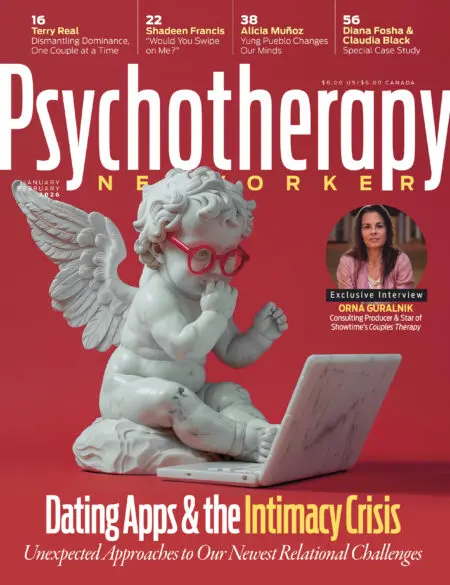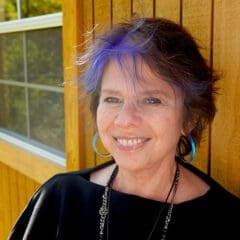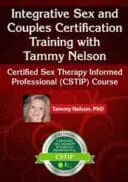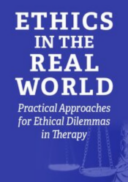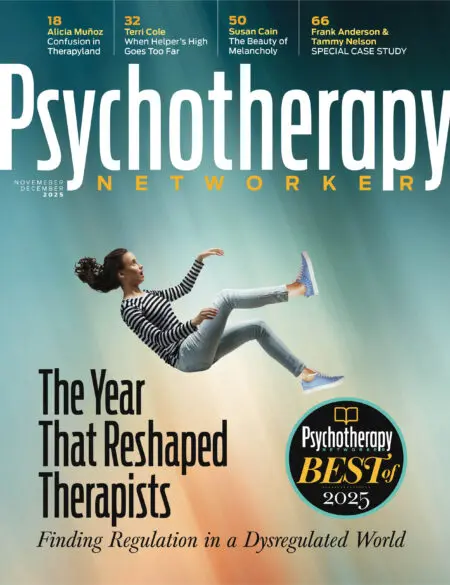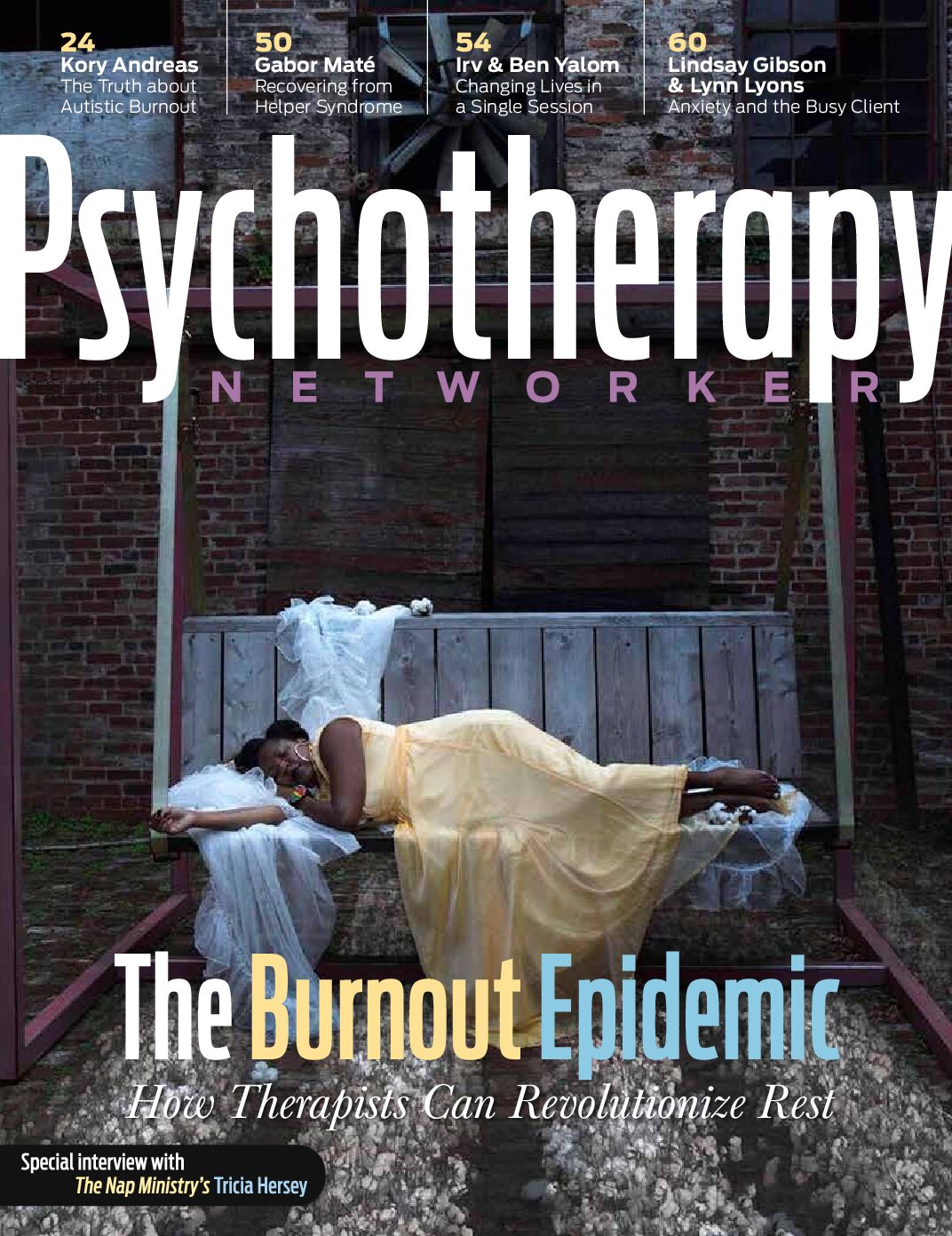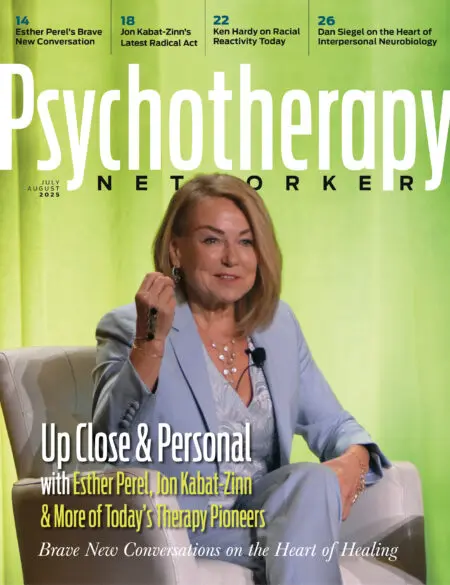There’s nothing quite like unwinding on a couch in front of a good movie, especially when so much of what we do (including therapy) feels like hard work. But what often makes the best movies engaging and memorable is the way a film can be two things at once—entertainment and a form of healing. We asked some prominent therapists about their favorite therapeutic movies—and here’s what we learned. (Here’s Part II of our therapist-recommended movies.)
“Lion”
In 2016, I saw the movie Lion, which moved me and has stayed with me ever since. Based on a true story, the main character, a five-year-old boy named Saroo, falls asleep on a train in India and ends up 1,000 miles from home, hopelessly lost. All the while, he maintains an unfaltering connection to his family and sense of place, which stay with him, guide him, and even help him to find his way back 25 years later.
In one scene, Saroo is lying under a bridge in Calcutta, wearily moving little stones from one place to another. The scene shifts to show him listening to his mother’s soothing voice, saying, “What a good boy!” He remembers visiting her while she was working at a rock quarry. He helped her carry heavy rocks from one pile to another, until they sat together, and his mother shared a juicy mango with him. Under the bridge, we see through his mind’s eye just how his mother beams at him, repeating, “What a good boy!” Saroo also replays memories of his older brother, with his cheerful, bopping gait, who turns and smiles at him, cajoling him to skip across the train tracks together.
Saroo’s ability to soothe and self-regulate by calling on his memory of his mother brings to mind the Accelerated Experiential Dynamic Psychotherapy practice of using portrayals to invoke a natural mechanism of secure attachment. We help our patients heal what’s gone wrong by engaging the neural circuits in the brain that are active when things go right.
Later in the film, Saroo ends up in an orphanage. Despite having been separated from his family, he holds on to the certainty that they miss him, even as he enters into a new life with an Australian couple who want to adopt him. Soon, he attaches to his new parents and thrives under their love. Eventually, he travels back to India and locates his village. Body memory helps him navigate the alleyways to the door of his childhood dwelling, where he meets a woman dressed in a pink sari: his mother. She never moved from the village in the hope that one day her son would return.
So even though Saroo was lost at age five, he displayed a deep sense of confidence and faith that he’d be found. Throughout his journey, he was full of zest. He showed a playful and heartfelt capacity to engage with people and life, and to deal with both adverse and fortunate circumstances.
I like to recommend Lion to patients and nonpatients alike because it’s an amazing illustration of how secure attachment functions as the most profound life insurance that exists on this planet. Instead of being haunted by the loss of his cherished mother and older brother, Saroo is accompanied by the presence of their love, which stays constant within him. This story is miraculous and a profound testament to how secure attachment instils resilience and the capacity to deal with adversity. Healing insecure attachment is nothing short of restoring nature at its best. The mechanisms of secure attachment reside deeply in our brains, despite circumstances, and under the right conditions can be activated to set healing and transformation in motion.
Adapted from Tailoring Treatment to Attachment Patterns: Healing Trauma in Relationship, Copyright © 2025 by Karen Pando-Mars and Diana Fosha. Used with permission from W. W. Norton & Company, Inc.
Karen Pando-Mars, MFT & Diana Fosha, PhD
“Defending Your Life” and “Buck”
Every two years, I offer a four-day training in intensive experiential dynamic psychotherapy approaches to therapists. We cover a lot each day, but evenings are dedicated to fun, relaxing activities, including watching movies. This isn’t purely entertainment, though. The two films I show trainees are actually a continuation of principles they’ve been absorbing during the day.
The first movie I show is Defending Your Life, a romantic comedy from 1991. As the dead characters’ lives are evaluated by a prosecutor, defense attorney, and two judges in Judgment City, penetrating debates follow—both in the movie and between trainees, when the movie is over—about how to define “success” on earth. Is success professional advancement and financial growth? Or is it having the courage to follow your convictions, be kind and generous, live authentically, embrace values with integrity and passion, and—perhaps most poignantly for therapist-viewers—be kind to yourself?
In the movie, Meryl Streep’s character lives joyfully and spontaneously, showing us what it’s like to be relatively unconflicted. Albert Brooks’s character is clearly “neurotic” and “defense dominated.” He’s anxious, indecisive, ruminative, and concerned with appearances. He viscerally exhibits the pain of what it’s like to live at war with yourself. As a therapy client, he’d be a lot harder to get close to than Meryl Streep’s character but, I would argue, he’s just as worthwhile to get to know.
I believe this movie provides a rare opportunity for viewers to step back and consider the ways we can embrace our true nature and live passionately instead of constantly holding back and allowing fear to dominate us. As a trainer and supervisor, I enjoy how it illustrates, in an artistic format, clinical phenomena such as the relationship between feelings, anxieties, and defenses. Although my trainees like to remind me that the ending is a bit clichéd (I won’t give it away), it still speaks to our human potential for resilience and change, along with our capacity for overcoming internal obstacles that cause suffering.
The second film I show trainees is Buck, a 2011 documentary about Buck Brannaman, a horse trainer who endured severe child abuse. This movie demonstrates his unique, paradigm-shifting way of training wild horses. Instead of a confrontive, competitive “breaking” of the horse (the equivalent of a therapist having an agenda and leading too much in therapy), or passive coercion (a therapist following too much and colluding with existing self-defeating patterns), his approach is respectfully collaborative, firm, and kind. Too much following creates uncertainty and anxiety, whether in a horse you’re training or a client you’re working with. Conversely, clear leadership builds safety and trust. The trainer must be confident enough to provide clarity about the next task they’re inviting, and to do this, the trainer needs to clearly know what it is they’re attempting to do. In a misguided effort to always be attuned to clients, therapists with their own trauma may avoid the discomfort of directly challenging a client. But truly “seeing” another person means you see all of them, including their limitations. When therapists are more selectively active with clients, they can sensitively provide growth-enhancing challenges much more rapidly.
Buck’s authentic, deeply held stance provides the basis for creating trust and safety, motivating the horse he’s working with to collaboratively connect with him. His deep understanding and effectiveness, most likely due to the sensitivity he developed as a child, transcend intellectual understanding or verbal communication. Because his interactions are with animals, his communication is strictly nonverbal. For many trainees, when we discuss the film later, this is one of their biggest takeaways: that nonverbal communication is incredibly powerful. There’s an old expression: affect leads and intellect follows. Many of us tend to over rely on talk and logic with our clients. We explain, give reasons, persuade, and provide psychoeducation. But accurate empathy is expressed nonverbally far more than we realize, in a way that even wild horses can pick up on—and people, too.
Steve Shapiro, PhD
“All That We Love”
Director Yen Tan’s All That We Love (available for streaming Fall 2025) stars a luminous Margaret Cho as Emma in a tender, beautifully observed exploration of grief, connection, and transformation. The story begins with the death of a beloved pet, but soon expands into a richly textured portrait of relational loss. Not long after Emma’s dog has died in her arms, her daughter announces her plan to get married and leave the country. Emma’s subtle response to this news is layered with such raw heartbreak and desperate self-protection that I couldn’t help but identify with both her frailty and her feisty will to endure. One of the gifts of grief, after all, is its universal power to connect us as human beings.
Tan’s direction is paired with poignant performances by Cho, Jesse Tyler Ferguson as her best friend, Alice Lee as her daughter, and Kenneth Choi as her ex-husband. As in his extraordinary movie,1985, Tan uncovers exquisite beauty and laugh-out-loud humor in seemingly ordinary moments between people, the kind of everyday moments that are often overlooked. As such, he invites us to embrace life’s heartbreaks with bravery and openness, and I found myself laughing out loud much more than I expected to at the numerous idiosyncratic bits of silliness, each borne out of credible bids for connection between the characters.
But what I found most affecting are the gentle, dog’s-eye-view shots of Emma, hinting at a spiritual presence and underscoring her journey to rediscover herself through loss. For me, this served as a reminder that healing can come when we’re brave enough to let go and love with a renewed and expanded sense of self.
A lot of what we do in therapy focuses on helping clients face loss, live with loss, and make meaning of losses. Tan’s exuberant and refreshingly true-to-life film invites us to do just that with grace, humor, and imagination. All That We Love is a soulful, resonant gem—one that’s rapidly becoming my top recommendation for clients this year.
Mark O’Connell, MFA
Diana Fosha
Diana Fosha, PhD, is the developer of AEDP and editor of Undoing Aloneness & the Transformation of Suffering into Flourishing: AEDP 2.0. She is based in New York.
Karen Pando-Mars
Karen Pando-Mars, MFT is senior faculty at the AEDP Institute and has a clinical and consultation practice in San Anselmo, CA.
Steve Shapiro
Steve Shapiro, PhD, is a clinical psychologist with over twenty-five years of clinical and teaching experience who has been practicing various forms of Experiential Dynamic Therapy (EDT), since the mid-1990’s, including Intensive Short-Term Dynamic Psychotherapy (ISTDP) and Accelerated Experiential Dynamic psychotherapy (AEDP). For 16 years, he was the Director of Psychology and Education at Montgomery County Emergency Service (MCES), an emergency psychiatric hospital, where his work with a range of severe disorders and those committed involuntarily to treatment informed his approach to transforming resistance with challenging patients with trauma histories and excessive anxiety and dysregulation. He’s a founding member and currently an adjunct faculty member of the AEDP Institute in New York City.
Mark O'Connell
Mark O’Connell, LCSW-R, MFA, is a psychotherapist and author in New York City. He teaches workshops based on his book The Performing Art of Therapy: Acting Insights and Techniques for Clinicians, and writes for Psychology Today and The Huffington Post, as well as clinical journals.
